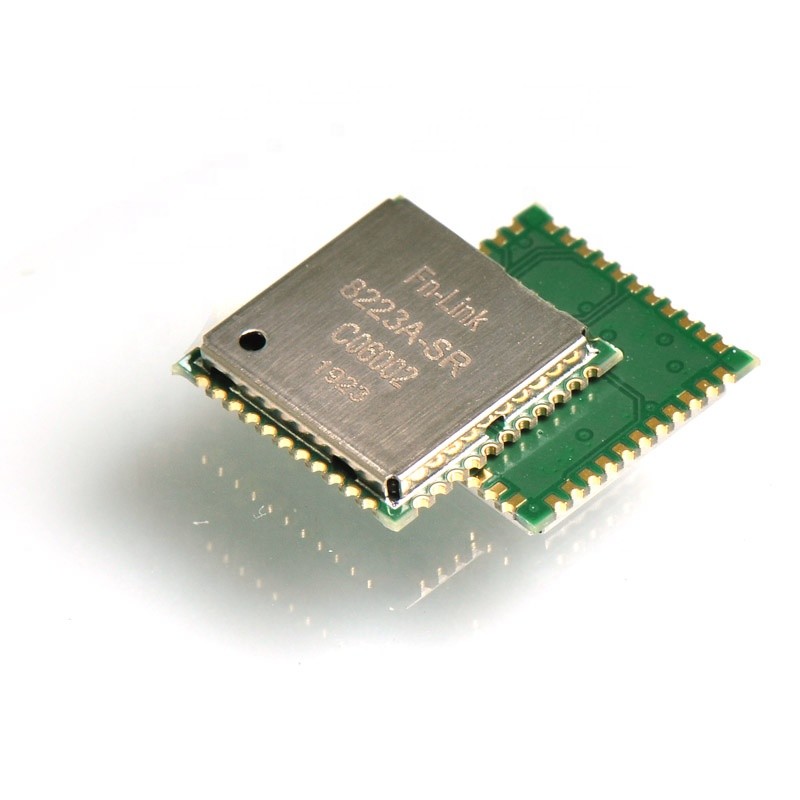

Qualcomm qca9377 802.11ac wireless adapter speed full#
Please note that even under perfect radio signal/noise conditions, your QCA9377 will never quite be able to get a full 120Mbps of throughput when talking to an 802.11n AP.

Make sure it's set for 40MHz (or wider) channels, and just in case your client device is for some reason choking on channel 132, try using a different 5GHz channel. You most likely need to look at your AP's settings. So those two data points seem to contradict each other a little bit it's unclear if you're limited to 20MHz-wide channels or not. However, if your AP really was only using 20MHz-wide channels, your measured throughput in a speed test would probably max out around 50Mbps, and would never even quite hit a full 60Mbps, much less 70Mbps. This suggests to me that your AP is set to use 20MHz-wide channels. It also shows that your Transmit and Receive PHY rates are both 72.2Mbps. Your screenshot shows that your AP is using channel 132. This is because your QCA9377 chipset only supports a single spatial stream, so it doesn't get the speed-multiplying effect of additional spatial streams. If your AP is not capable of AC (802.11ac), but is only capable of N (802.11n) and earlier, then your QCA9377's maximum PHY rate will be 150Mbps if your N-capable AP is capable of 40MHz-wide channels, and 72.2Mbps if your N-capable AP is only capable of 20MHz-wide channels. (The PHY rate is the basic signaling rate before subtracting protocol overhead of typically ~30%.) 802.11n also allowed for 20MHz- and 40MHz-wide channels, 40MHz-wide channels are slightly more than twice as fast as 20MHz-wide channels.Īccording to your screenshot, your notebook's wireless networking card uses the Qualcomm/Atheros QCA9377 chipset, which only supports a single spatial stream, but is capable of a 433Mbps "PHY rate" when talking to an AC-capable AP using 80MHz-wide channels. Four spatial streams is 4x the speed of a single spatial stream. 802.11n allowed for 1, 2, 3, or 4 spatial streams (this is closely related to the "MIMO" numbers like 1x1, 2x2, etc.). The main options were how many "spatial streams" your hardware would support, and how wide of channels your hardware would support. The 802.11n standard allowed for a wide range of hardware with different capabilities. Short answer: Make sure your AP (wireless router) is set to use 40MHz-wide channels, and perhaps try some other 5GHz channels instead of 132, in case your client is choking on 132 and accidentally treating it like a 20MHz-wide channel.


 0 kommentar(er)
0 kommentar(er)
